Check Out These 7 Flying Creatures That Are Not Birds
FLYING CREATURES – In this article, you will know the seven (7) flying creatures that are not birds.
Is it a bird? Is it a plane? No, it’s not – it’s a flying tree snake! Indeed, various extraordinary creatures display impressive aerial abilities without the traditional wings we might expect. From flying fish to airborne squirrels, a multitude of unique animals worldwide navigate the skies using specialized fins, sizable toes, or additional membranes.
Flying Fish
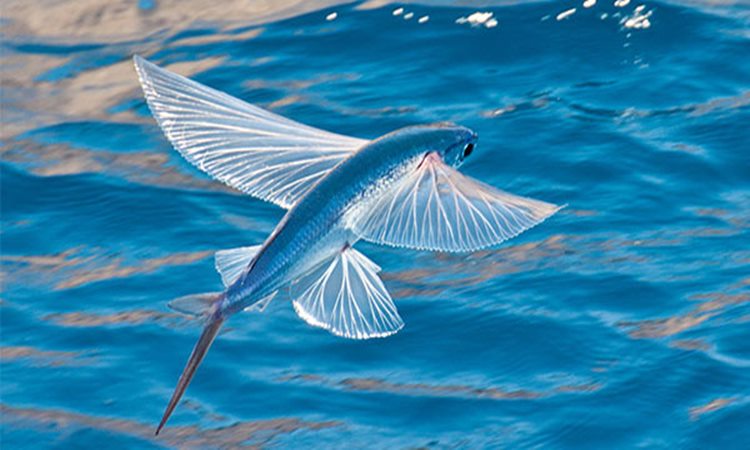
Take, for instance, the Flying Fish. Despite the seeming contradiction of a fish in flight, there are over 40 species of flying fish across the globe. Mainly inhabiting warmer regions in the Atlantic, Pacific, and Indian Oceans, these ray-finned creatures flourish in open waters. Employing their large, rigid fins, they launch themselves out of the water, extending their fins horizontally like wings to glide astonishing distances, reaching up to 650 feet. Scientists posit that this airborne ability evolved as a means for flying fish to evade underwater predators lacking similar aerodynamic prowess.
Paradise Tree Snake
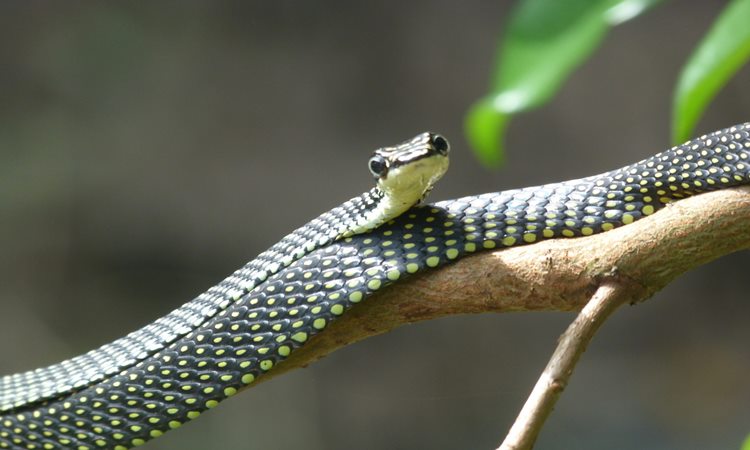
Another fascinating example is the Paradise Tree Snake, found in Southeast Asia. Also known as the paradise flying snake, this slender and agile reptile is a proficient climber, favoring coconut palm trees for its habitat. When desiring to move between treetops, the snake can flatten its ribcage to become concave. In this altered state, it propels itself from a tree and glides through the air, moving in an S-shaped slither as if on the ground.
Mobula Ray
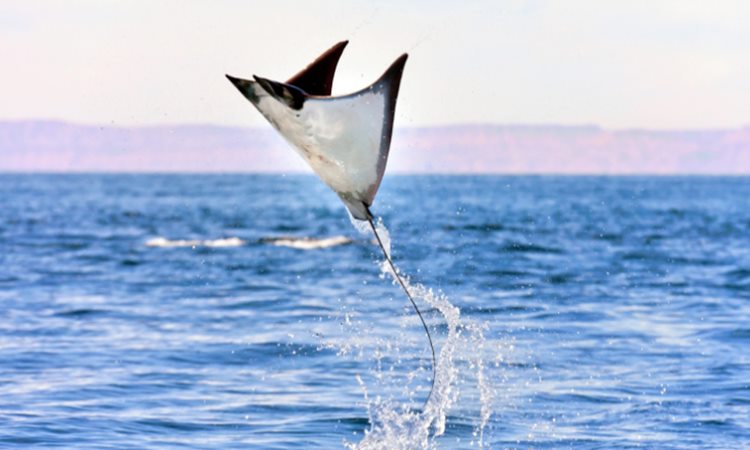
Commonly referred to as flying rays due to their ability to leap out of the water, Mobula rays belong to a fish species closely related to sharks. With a diamond-shaped body, the fins of Mobula rays prove effective both underwater and in the air. Achieving sufficient speed, these rays can propel themselves up to six feet into the air, flapping their fins reminiscent of wings before descending back to the water. Frequently seen in groups, a collective of Mobula rays presents a mesmerizing spectacle. The exact reason why these flying rays engage in such behavior remains uncertain, though it’s speculated to potentially serve as a form of communication among members of the species.
Flying Squirrel
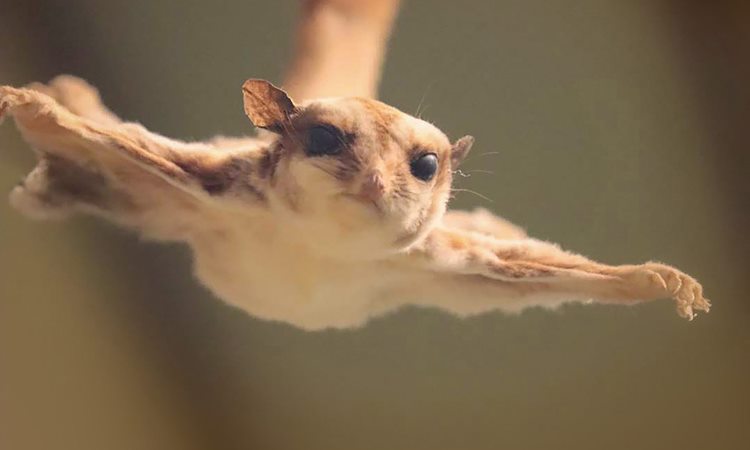
While flying squirrels don’t truly achieve flight like birds, their airborne movements may create the illusion of it. The additional membrane connecting their front and hind legs functions as a parachute for these distinctive land mammals. When a flying squirrel takes a leap into the air, this specialized membrane enables them to glide from one tree to another, effectively evading any ground-based predators. Not only can flying squirrels cover distances of up to 150 feet in the air, but they also exhibit the ability to adjust both their speed and direction mid-flight, utilizing their legs for steering and their tails for braking.
Crab Spider
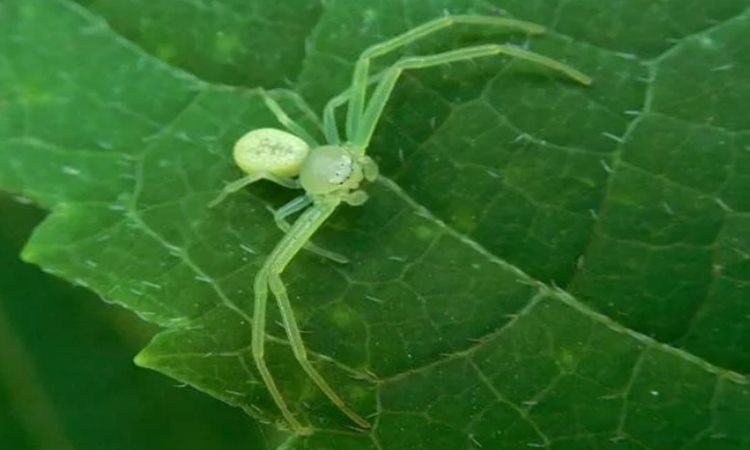
In addition to their inherent creepiness, numerous spiders possess the surprising ability to take flight. This is made possible through a common arachnid technique known as ballooning, where a spider releases silk and harnesses the wind like a kite. This enables spiders to cover substantial distances for purposes such as joining a new colony, seeking food, or finding potential mates. Crab spiders, in particular, have been the focus of research on this capability. A study conducted at the Technical University of Berlin highlighted crab spiders as “cautious and intentional fliers,” employing the hairs on their legs to assess wind conditions before taking flight.
Bats
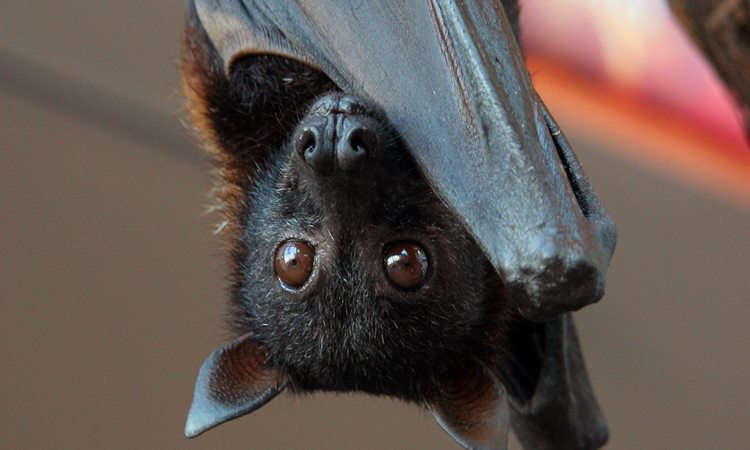
Distinguished as the sole mammals naturally equipped for flight and the only creatures in this compilation possessing wings, bats stand out as highly captivating flyers. Their capacity to utilize echolocation for navigating in darkness has been a subject of study for many years. As airborne creatures, bats exhibit remarkable agility and dexterity. The adaptable skin and additional joints on their wings render bats more efficient in flight than birds.
Wallace’s Flying Frog
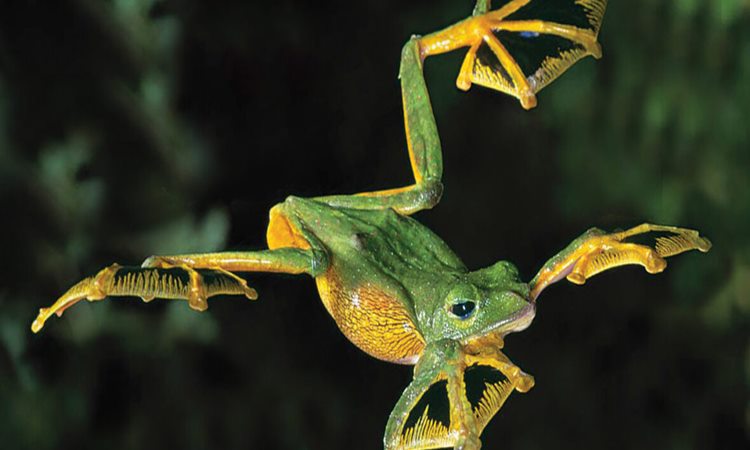
Also known as parachute frogs, Wallace’s flying frogs inhabit tropical rainforests in Malaysia and Borneo. Named after the 19th-century naturalist Alfred Russel Wallace, these frogs boast distinctive features such as large webbed feet, bulging eyes, and an oversized mouth. When evading predators, these flying frogs can glide up to 50 feet through the air, utilizing extra membranes as a parachute. Transitioning from tree to tree, the frog’s expansive toe pads serve as an adhesive cushion, facilitating effortless landings.
READ ALSO: 5 Things That Remain Unexplained By Science
